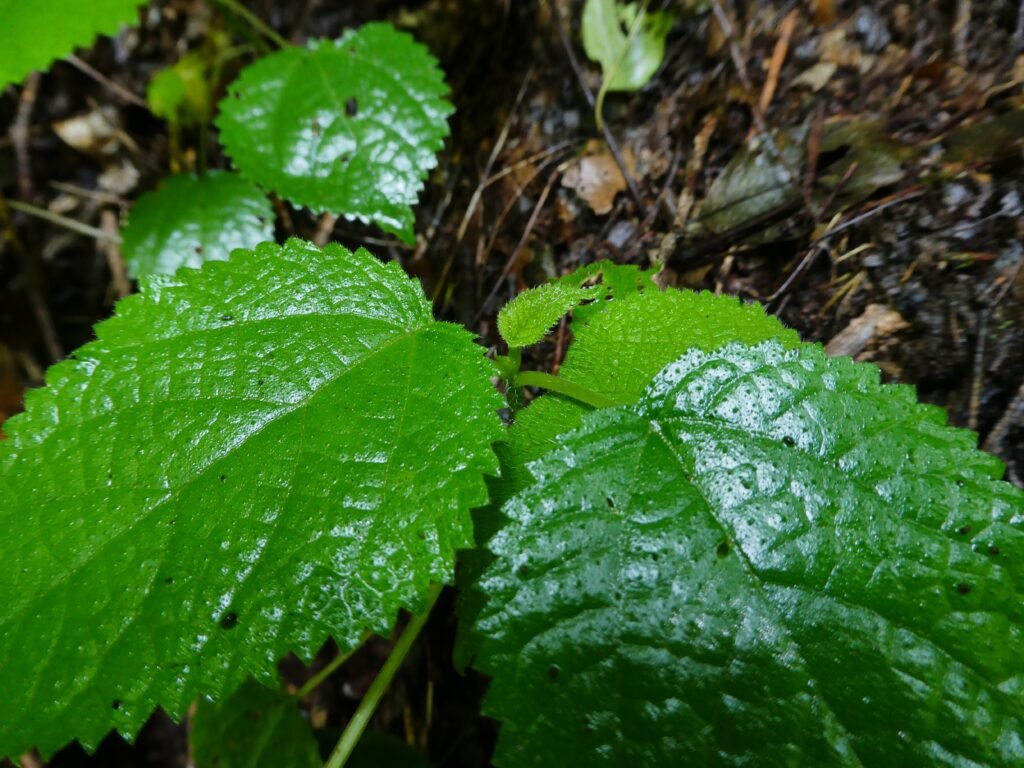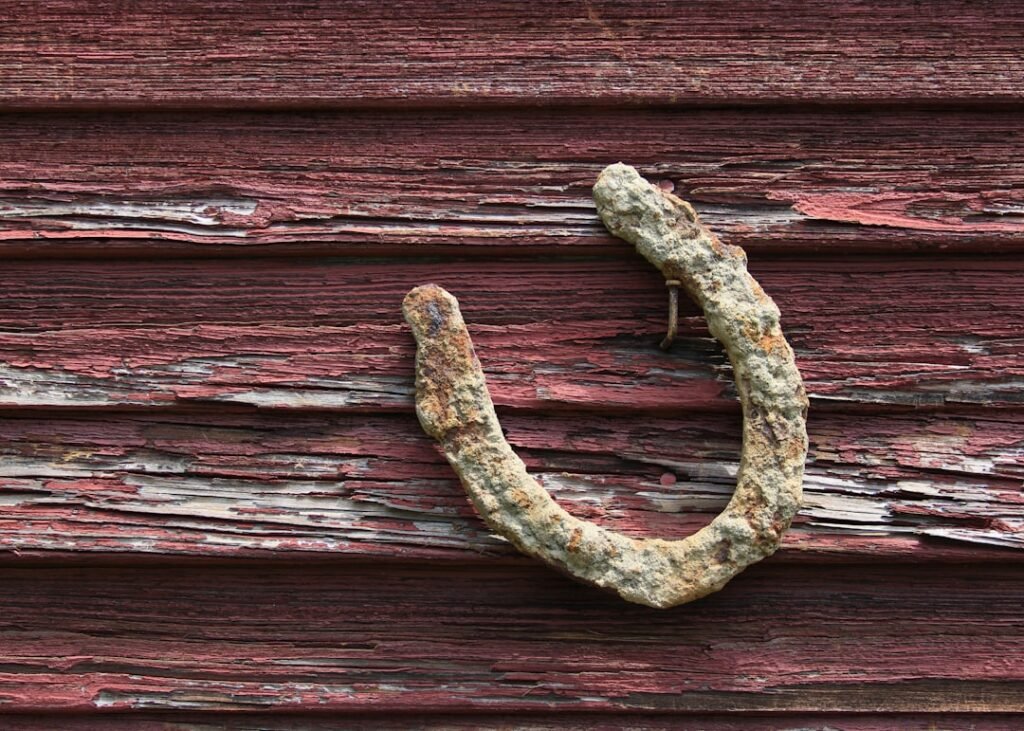Imagine strolling through a lush, sun-dappled rainforest in Queensland, Australia, the air heavy with the scent of wet earth and blooming green. Suddenly, a brush against a harmless-looking leaf ignites a pain so intense, it feels like you’ve been electrocuted and set on fire at once. Most people would never suspect that an unremarkable, heart-shaped plant could be hiding such a savage secret. Yet, that’s the deceptive nature of the Gympie-Gympie tree—a botanical menace that’s as beautiful as it is brutal. Its story is one of survival, science, and a fair bit of human suffering. Let’s step closer (but not too close) to this infamous Australian native and unravel its chilling mysteries.
A Disarmingly Innocent Appearance
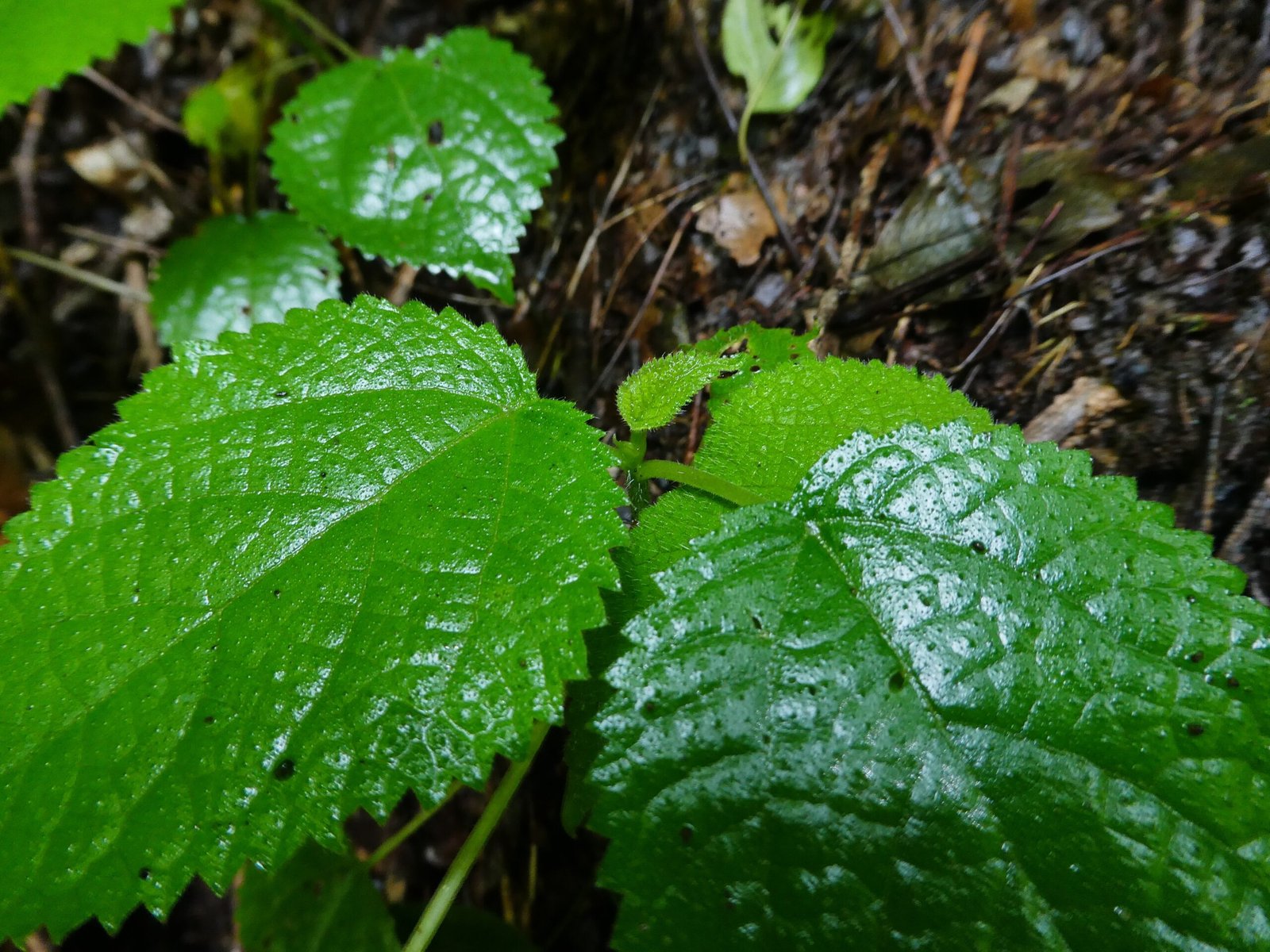
The Gympie-Gympie tree doesn’t look dangerous. With its large, velvety leaves and small clusters of purple fruit, it could easily be mistaken for a tropical houseplant. Its heart-shaped foliage often basks in beams of rainforest sunlight, practically inviting you to touch. The plant stands just a few meters tall, blending in with its leafy neighbors. But hidden in plain sight are thousands of tiny, almost invisible hairs covering every surface. These hairs are the tree’s secret weapon, ready to deliver agony to any creature unlucky enough to brush against them. The contrast between its innocent looks and vicious defense is what makes the Gympie-Gympie so unsettling. It’s a silent predator in the plant world, quietly waiting for its next victim.
The Sinister Science Behind Its Sting
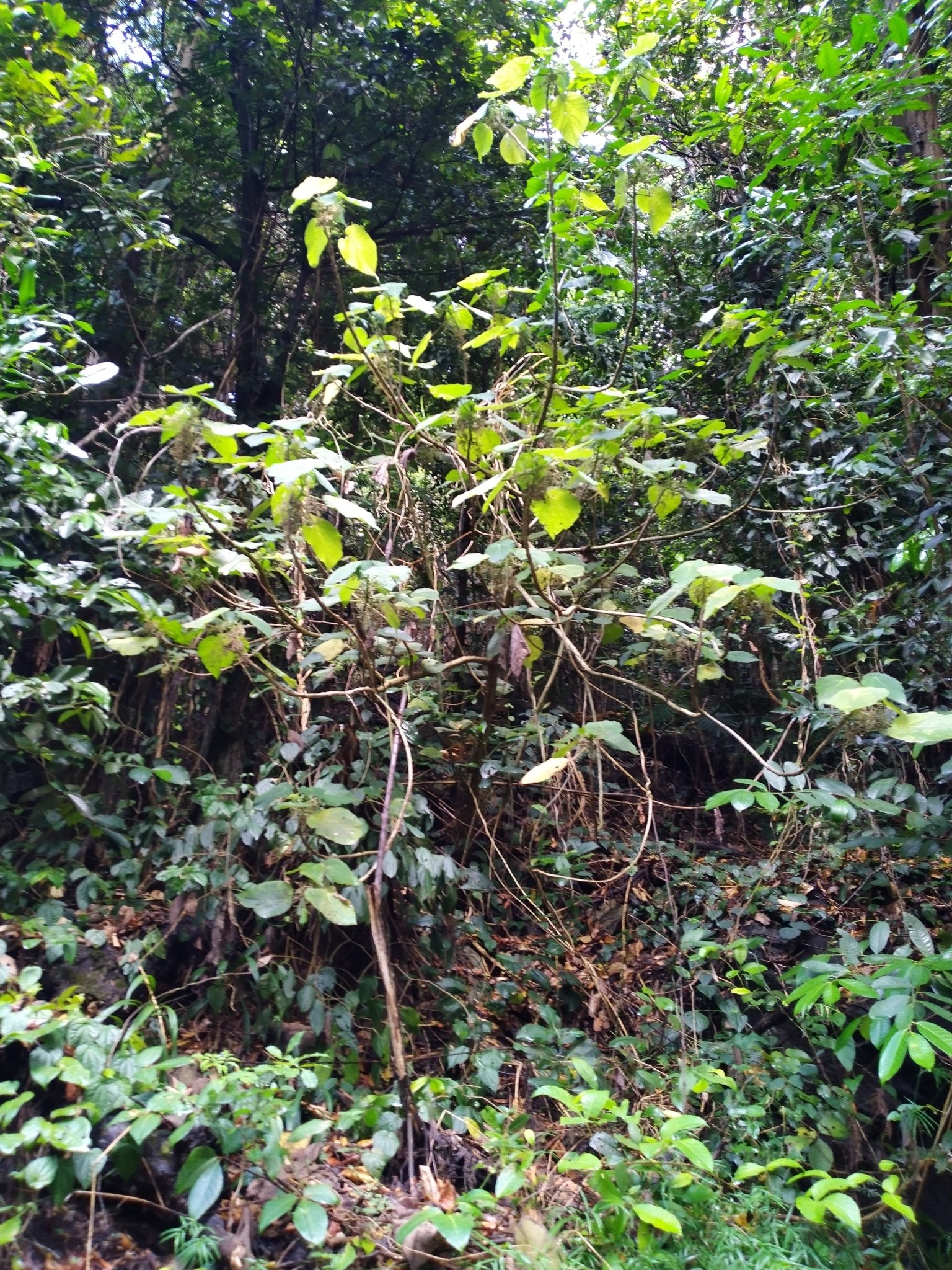
What makes the Gympie-Gympie’s sting so excruciating? Each of those fine hairs, called trichomes, acts like a hypodermic needle. When touched, the fragile tips break off and inject a potent neurotoxin directly into the skin. The toxin, known as moroidin, binds to nerve receptors and unleashes a cascade of pain signals. This isn’t a dull ache—it’s described as a sensation of intense burning, electric shocks, and even being doused in acid. Some victims say it’s the worst pain imaginable, far outstripping bee stings or even broken bones. The science is clear: this tree has evolved a chemical cocktail so effective, it keeps even the hungriest animals at bay.
Agony That Lasts for Days—or Even Months
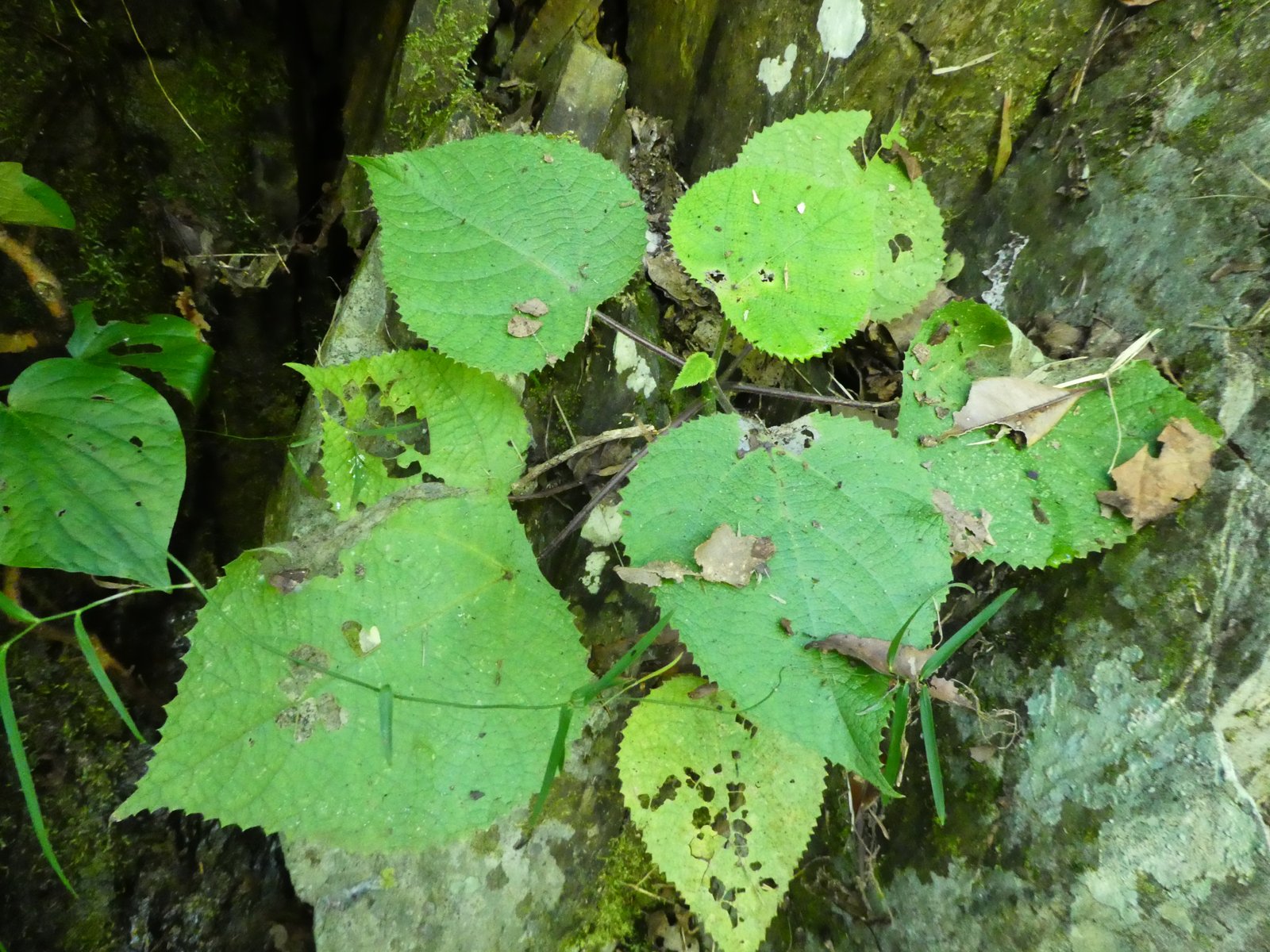
Most stinging plants or insects inflict pain that fades within hours. Not the Gympie-Gympie. Its venom can cause searing pain that lasts for days, sometimes even months. The agony doesn’t simply subside; it can flare up again with temperature changes or even a gentle touch. Victims have reported sleepless nights, cold sweats, and episodes of pain so severe they considered amputation. One story tells of a soldier who shot himself to escape the relentless torment. This isn’t just folklore—modern science backs up these horror stories with nerve studies and clinical observations. The tree’s venom latches onto pain receptors, refusing to let go.
A Native of Queensland’s Rainforest Understory
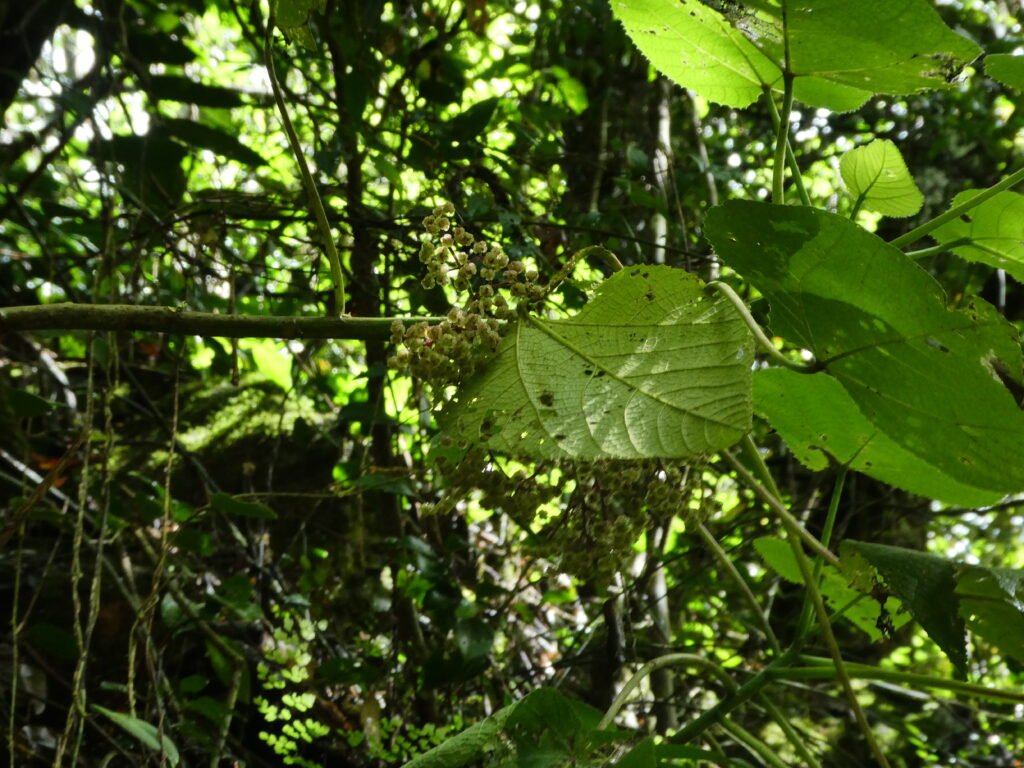
The Gympie-Gympie tree is indigenous to the subtropical and tropical rainforests of northeastern Australia, especially Queensland. It thrives in damp, shaded environments where other plants struggle for sunlight. The Gympie-Gympie is often found lurking along walking trails, creek beds, and disturbed soil where sunlight filters through the forest canopy. Its presence is both a warning and a wonder, a testament to the fierce competition of rainforest life. The tree’s range is surprisingly broad, stretching from southern Queensland up into parts of Indonesia. But nowhere is it more infamous than in its Queensland homeland, where locals treat it with wary respect.
Stories from the Field: Human Encounters
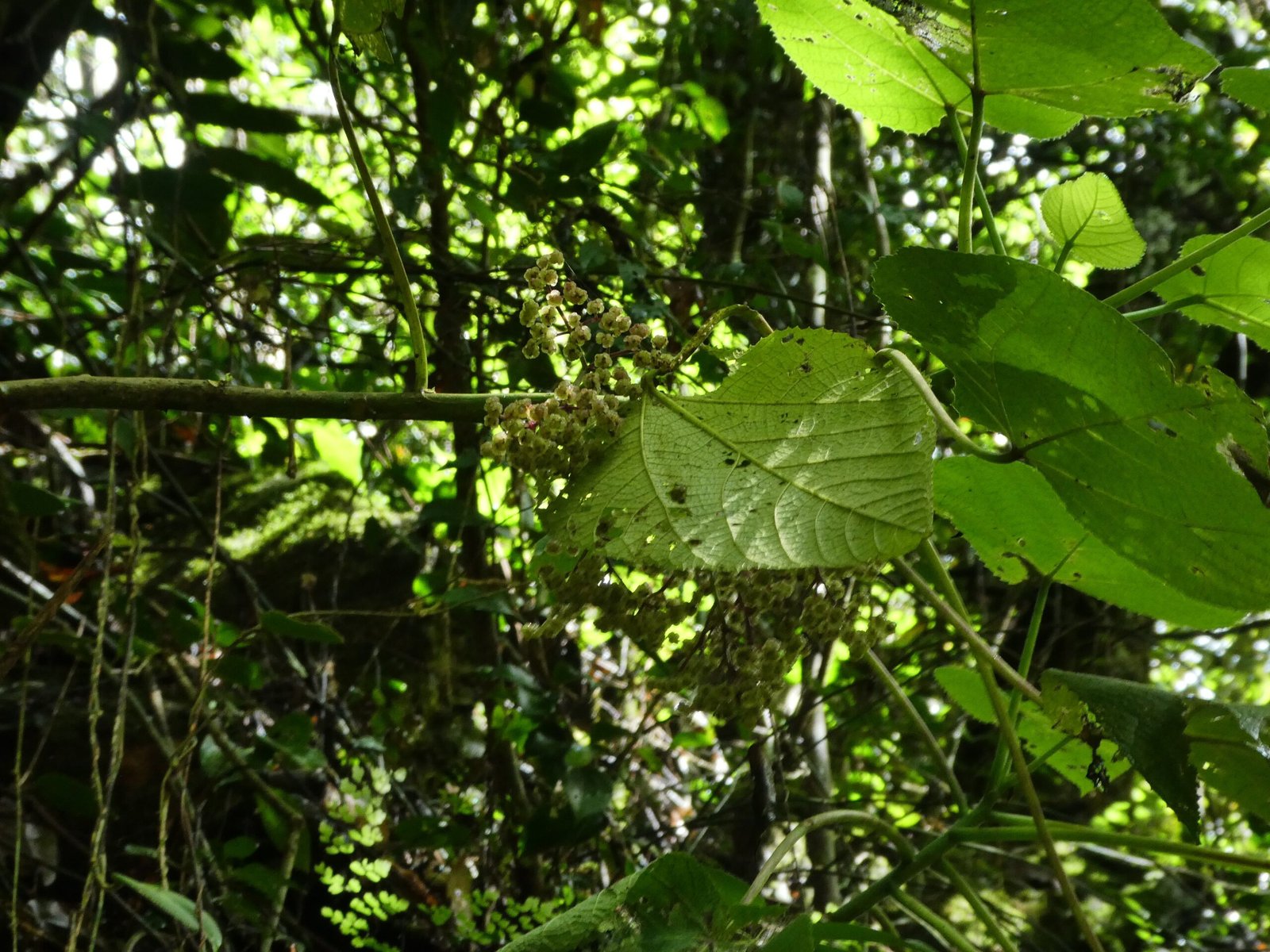
Countless tales have emerged from people who’ve had the misfortune of meeting the Gympie-Gympie up close. Hikers, botanists, and even soldiers have stumbled into its grasp. One botanist described the pain as “like being burnt with hot acid and electrocuted at the same time.” There are stories of horses, stung by the tree, becoming so frantic with pain they throw themselves off cliffs. Even seasoned rainforest workers take the threat seriously, often pointing out the tree to newcomers as a rite of passage. These real-world encounters drive home just how dangerous a brush with this plant can be—and how important it is to recognize its innocent appearance.
Why Evolution Made This Tree So Deadly

In the ruthless world of the rainforest, survival depends on defense. The Gympie-Gympie’s stinging hairs are a masterclass in evolutionary adaptation. By inflicting severe pain, the tree deters both large mammalian browsers and smaller insects from munching on its leaves. Unlike thorns or bitter sap, this defense works quickly and leaves a lasting memory—no animal is likely to make the same mistake twice. Scientists believe the Gympie-Gympie’s venom may have evolved in response to Australia’s large herbivores, like giant marsupials, which once roamed the forests. Today, it stands as a living relic of that ancient arms race.
Inside the Venom: What Makes It Unique?
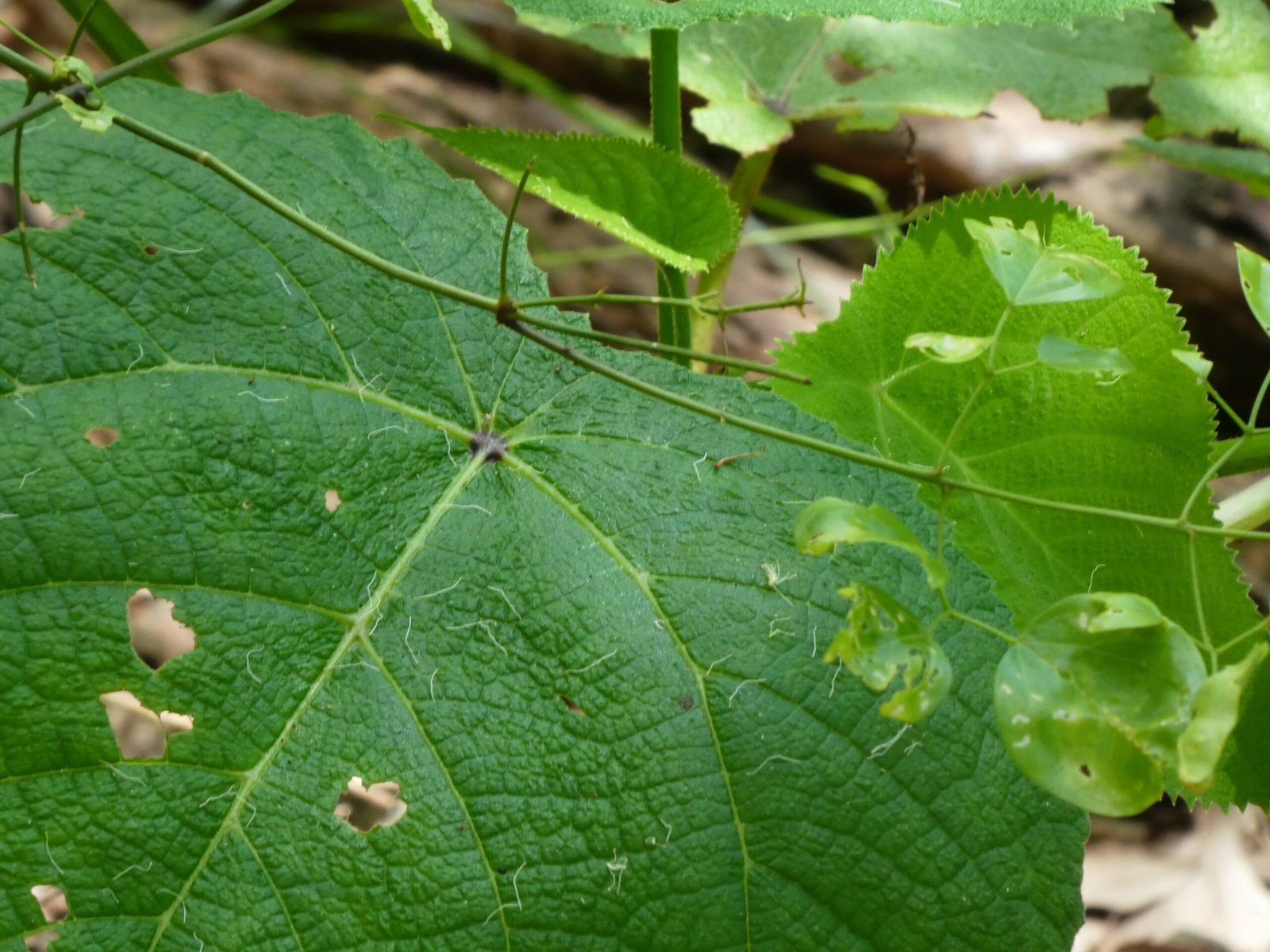
Recent research has revealed that the Gympie-Gympie’s venom is unlike any other plant toxin known to science. It contains a complex mix of proteins and peptides, including some molecules never before seen in nature. These compounds target the body’s pain pathways in a way that’s both potent and persistent. For years, scientists struggled to isolate the exact ingredients, but now they know the venom’s structure is similar to that of some spider and scorpion toxins. This discovery has sparked interest in the medical community—not just for treating pain, but for understanding how nerve signals work.
Invisible Danger: Why the Sting Is So Hard to Avoid
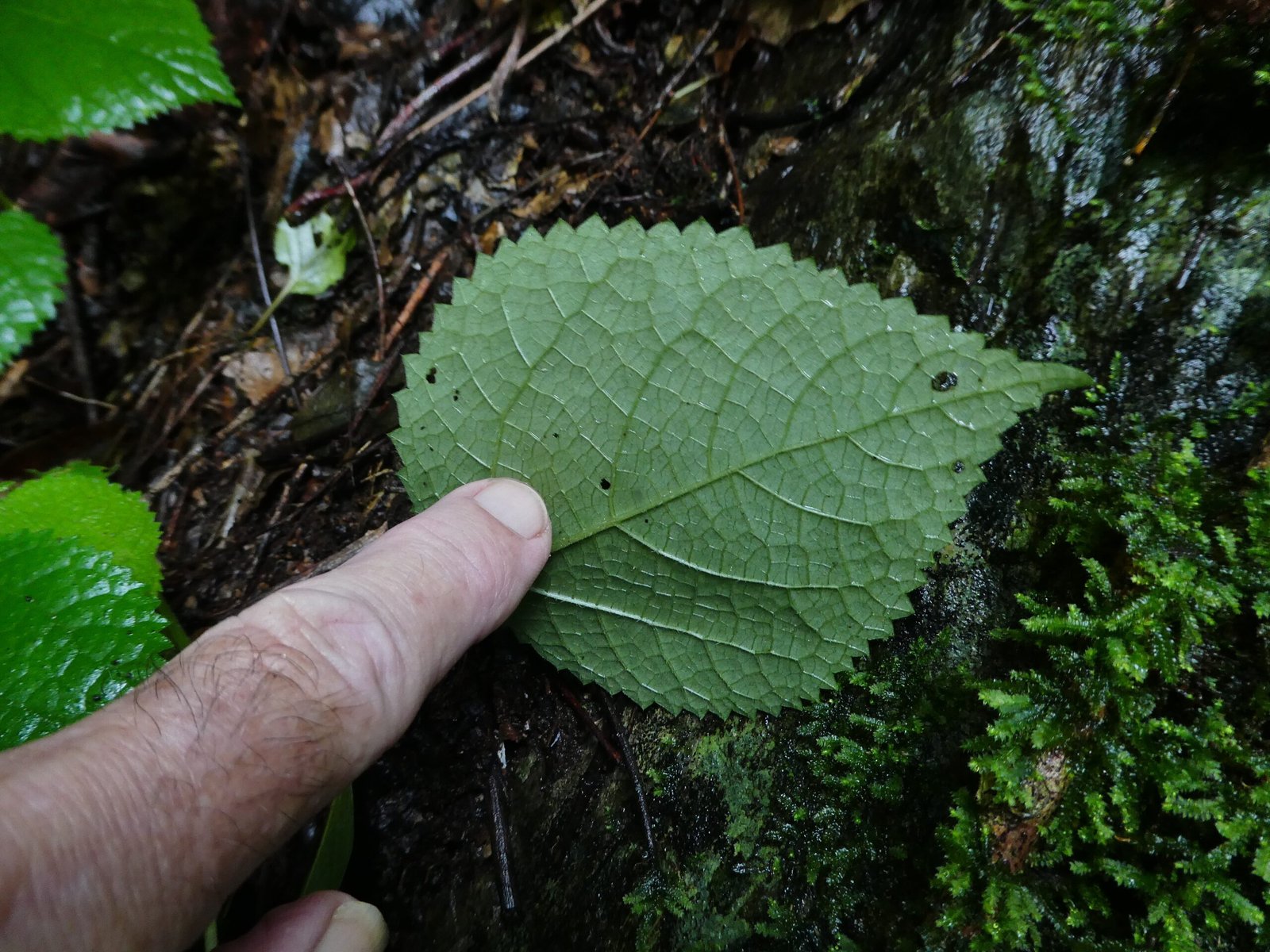
One of the most terrifying aspects of the Gympie-Gympie is that its trichomes are almost invisible. The needle-like hairs are so fine that you might not even realize you’ve brushed against them—until the pain erupts. Even dead leaves or fallen branches retain their sting for months, making it easy to stumble into danger. The hairs are so light, they can become airborne and cause irritation just by being nearby. For unsuspecting hikers and animals, the Gympie-Gympie is a hidden hazard, lying in wait beneath leafy green camouflage.
Traditional Knowledge and First Aid
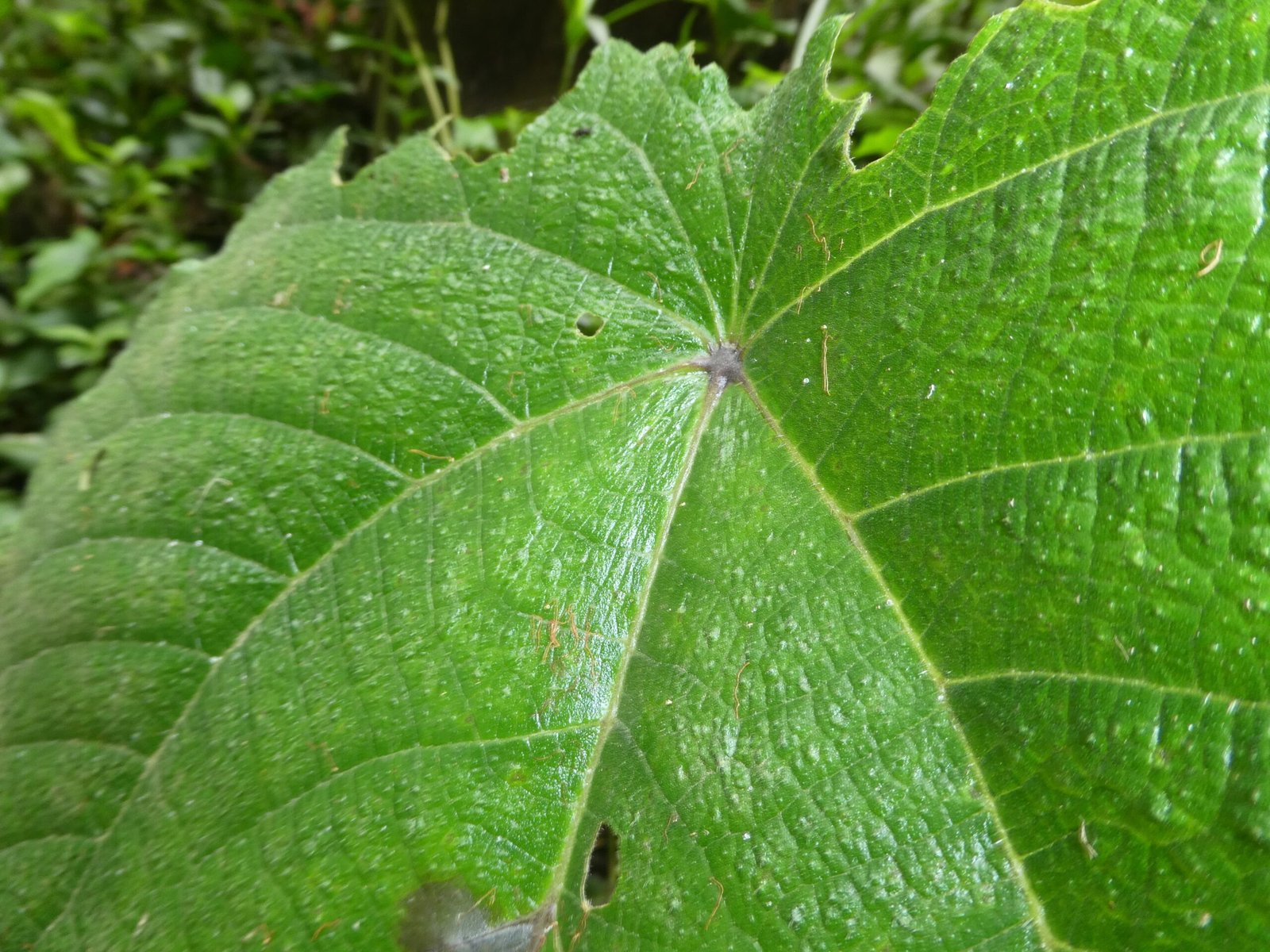
Indigenous Australians have long known about the dangers of the Gympie-Gympie. Traditional wisdom suggests using mud, clay, or even sticky tape to remove the tiny hairs from the skin. Some local remedies involve pressing plant resin or sap onto the sting to help draw out the trichomes. Today, doctors recommend using wax strips, similar to those used for hair removal, to pull out the embedded hairs. If left untreated, the hairs continue to inject venom, prolonging the suffering. Quick, careful action is the only way to lessen the agony.
The Plant’s Role in the Ecosystem
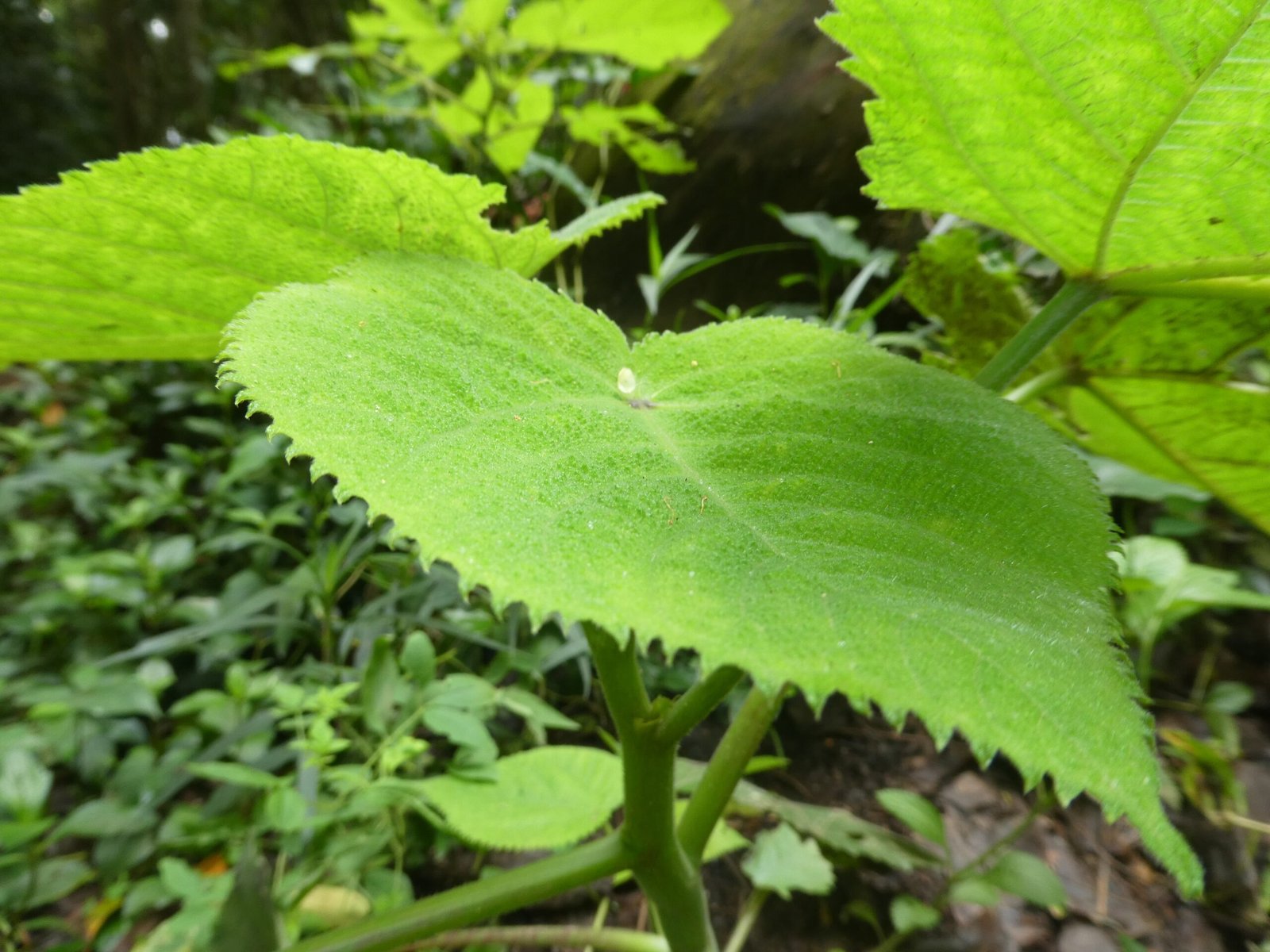
Despite its fearsome reputation, the Gympie-Gympie isn’t just a villain in the rainforest. Its leaves provide shelter for insects, and its fruit is eaten by certain birds and marsupials that seem immune to the sting. The tree plays a role in forest regeneration, quickly colonizing disturbed soil after storms or fire. As a pioneer species, it helps stabilize the ecosystem, making way for other plants to grow. The Gympie-Gympie’s stinging defense ensures it can thrive in tough conditions—an ecological survivor with a sharp edge.
Modern Research: Turning Pain into Progress
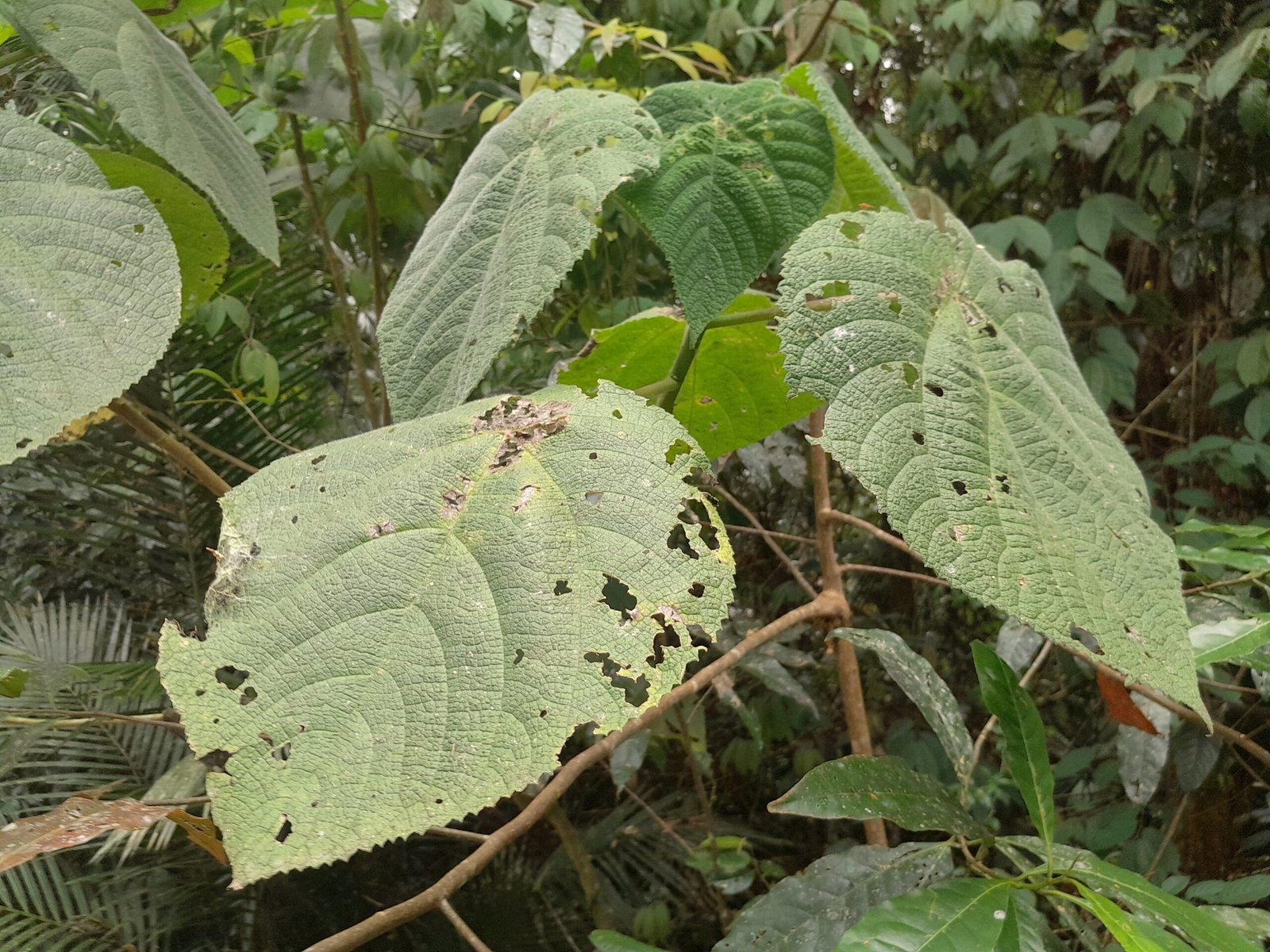
Scientists are fascinated by the Gympie-Gympie, not just for its infamy but for its scientific promise. The unique structure of its venom has inspired new studies into pain relief and nerve function. Researchers hope to unlock insights that could lead to better treatments for chronic pain or new anesthetics. By understanding how the venom targets nerves, scientists are piecing together the complex puzzle of pain perception. It’s a powerful example of how nature’s nastiest creations can lead to innovative breakthroughs in medicine.
Public Warnings and Safety Measures
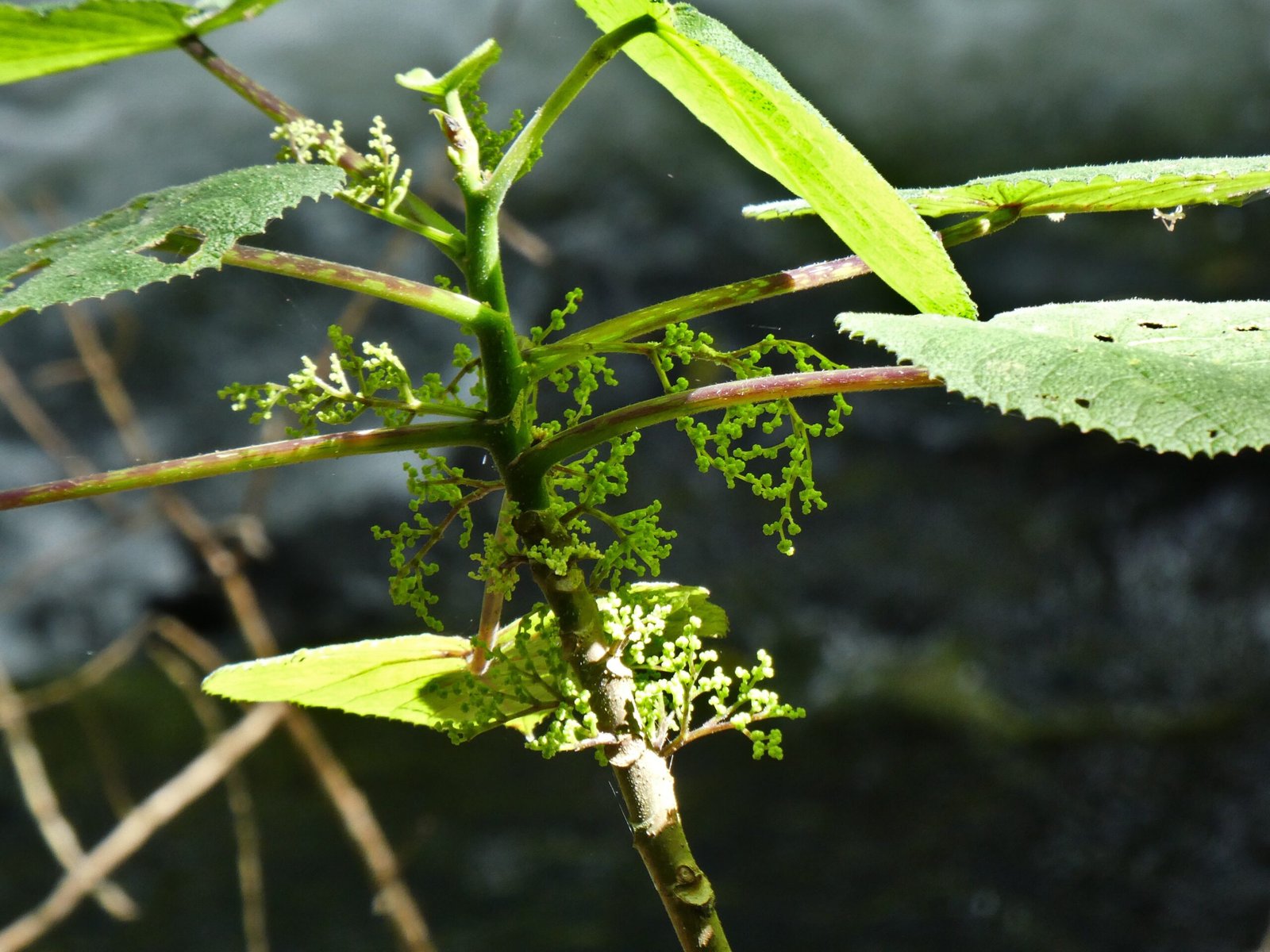
Local authorities in Queensland take the Gympie-Gympie’s threat seriously. Warning signs are posted along popular trails, and park rangers educate visitors about the tree’s dangers. Some areas are fenced off to prevent accidental contact, especially in regions where the tree is abundant. Schools and outdoor groups teach children to recognize the heart-shaped leaves and steer clear. The message is clear: in this corner of Australia, being prepared can make all the difference between a pleasant walk and a world of pain.
Survival Stories: How People Cope
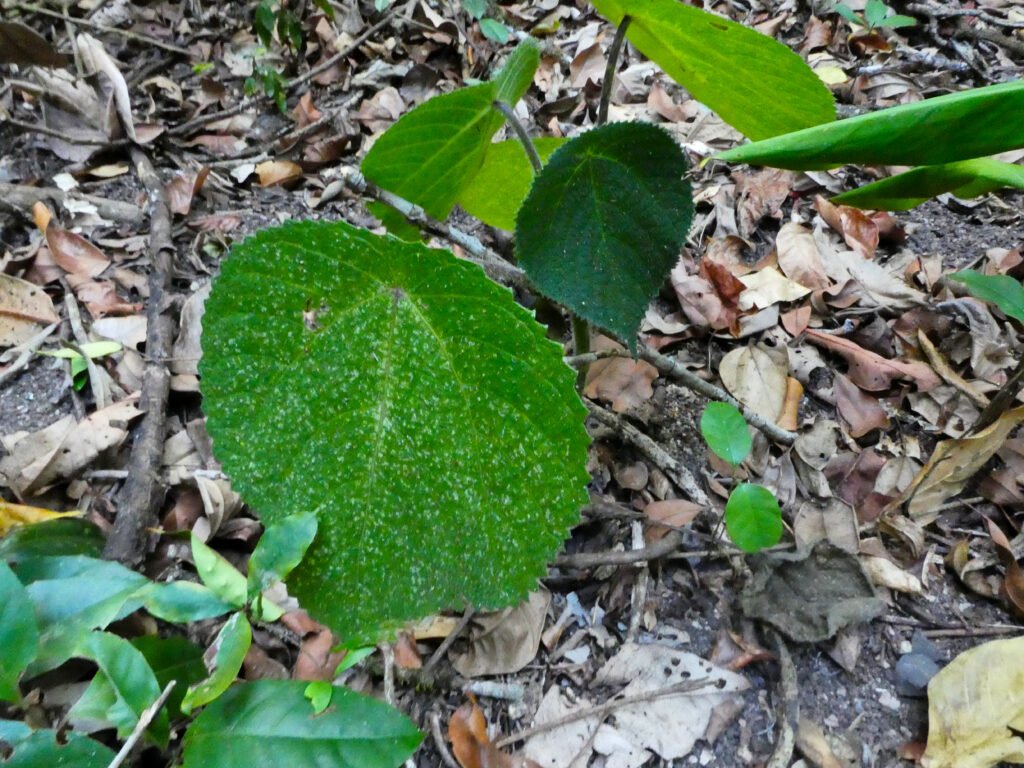
For those unlucky enough to be stung, coping with the pain becomes a test of endurance. Victims describe gritting their teeth, pacing the floor, or plunging their limbs into ice water for relief. Some say the pain is so consuming that it changes their relationship with the outdoors forever. But there are also tales of resilience—people who return to the rainforest, armed with new knowledge and respect. These survival stories highlight the fine line between wonder and danger that defines the Australian wilderness.
Misconceptions and Myths
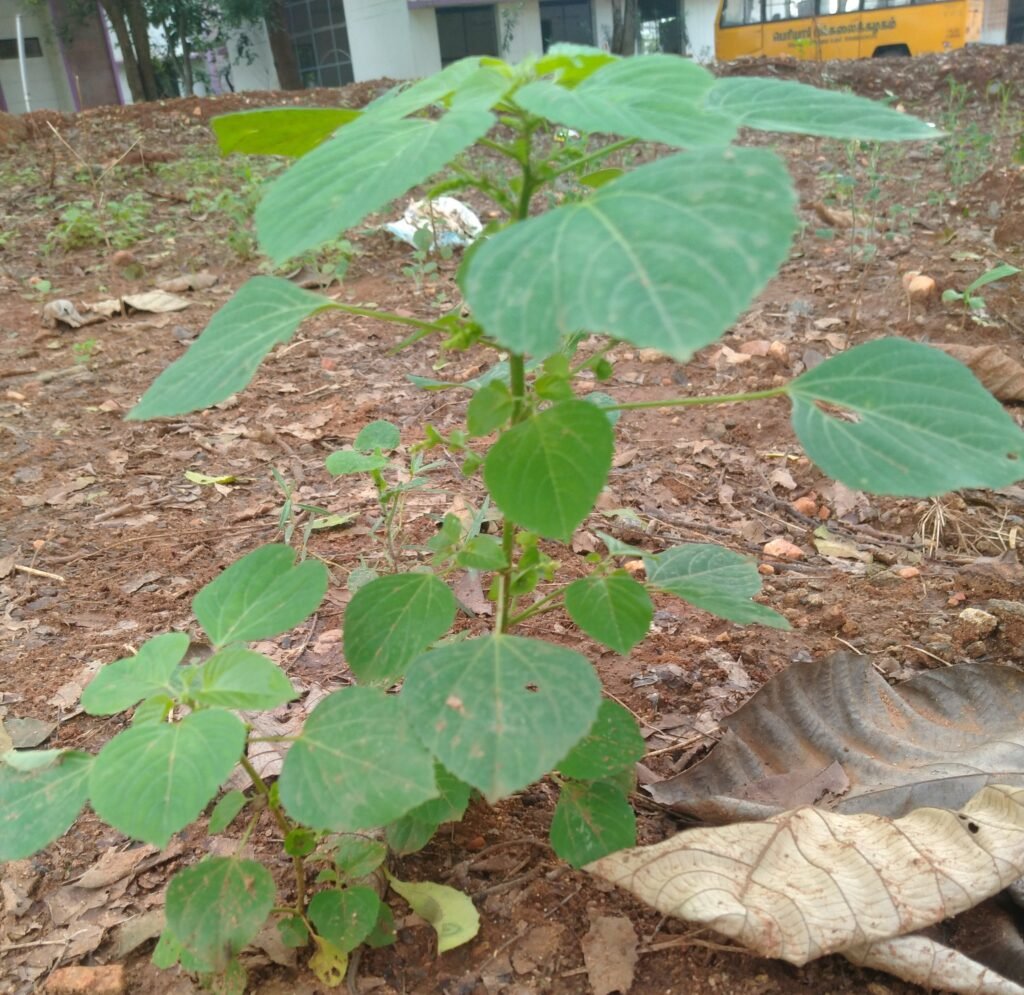
With a reputation like the Gympie-Gympie’s, myths are bound to flourish. Some people believe the tree can kill instantly, but that’s not true—its venom is agonizing, but rarely fatal. Others think all rainforest plants are equally dangerous, which isn’t the case. There are also tales of “antidote plants” growing nearby, though no true antidote exists. What’s real is the sheer intensity of the pain and the importance of swift first aid. Separating fact from fiction is key to staying safe in Gympie-Gympie country.
Why Animals Still Eat Its Fruit
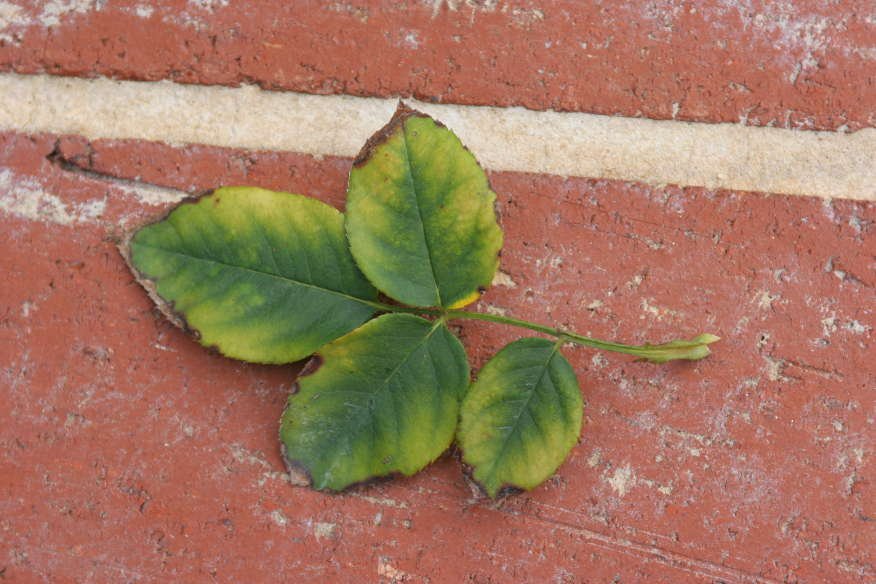
Surprisingly, some animals seem unaffected by the Gympie-Gympie’s defenses. Certain birds and marsupials gorge on its fruit, spreading the seeds far and wide. Scientists think these species have evolved resistance to the toxin, or perhaps the fruit lacks stinging hairs. This strange alliance helps the tree reproduce and ensures its survival in the dense rainforest. It’s a rare example of coexistence—a peace treaty between plant and animal in an otherwise hostile environment.
The Gympie-Gympie in Popular Culture
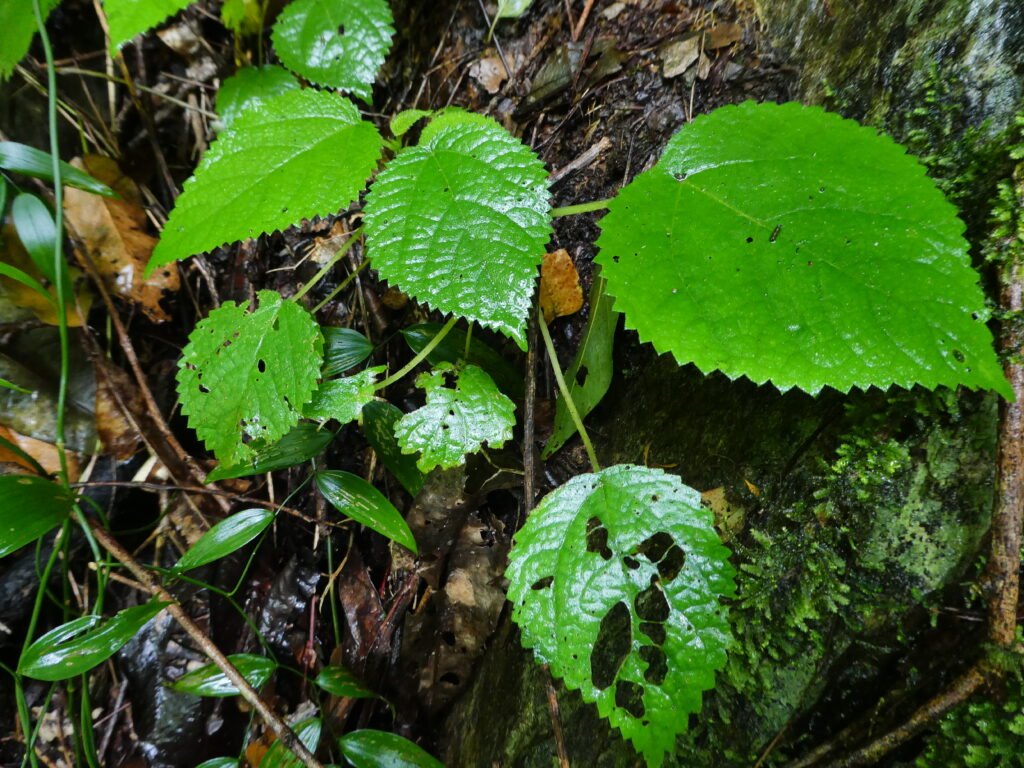
The Gympie-Gympie has become something of a legend in Australia, cropping up in documentaries, books, and even local folklore. It’s featured in survival guides, news stories, and YouTube videos that warn of its dangers. Some artists and writers draw inspiration from its paradoxical nature—beautiful but deadly. The plant’s reputation as the “suicide plant” only adds to its mystique, making it a symbol of Australia’s wild, untamed landscape. For many, it’s a reminder that the natural world is full of surprises, both delightful and dangerous.
Botanical Relatives: Not Alone in Its Family
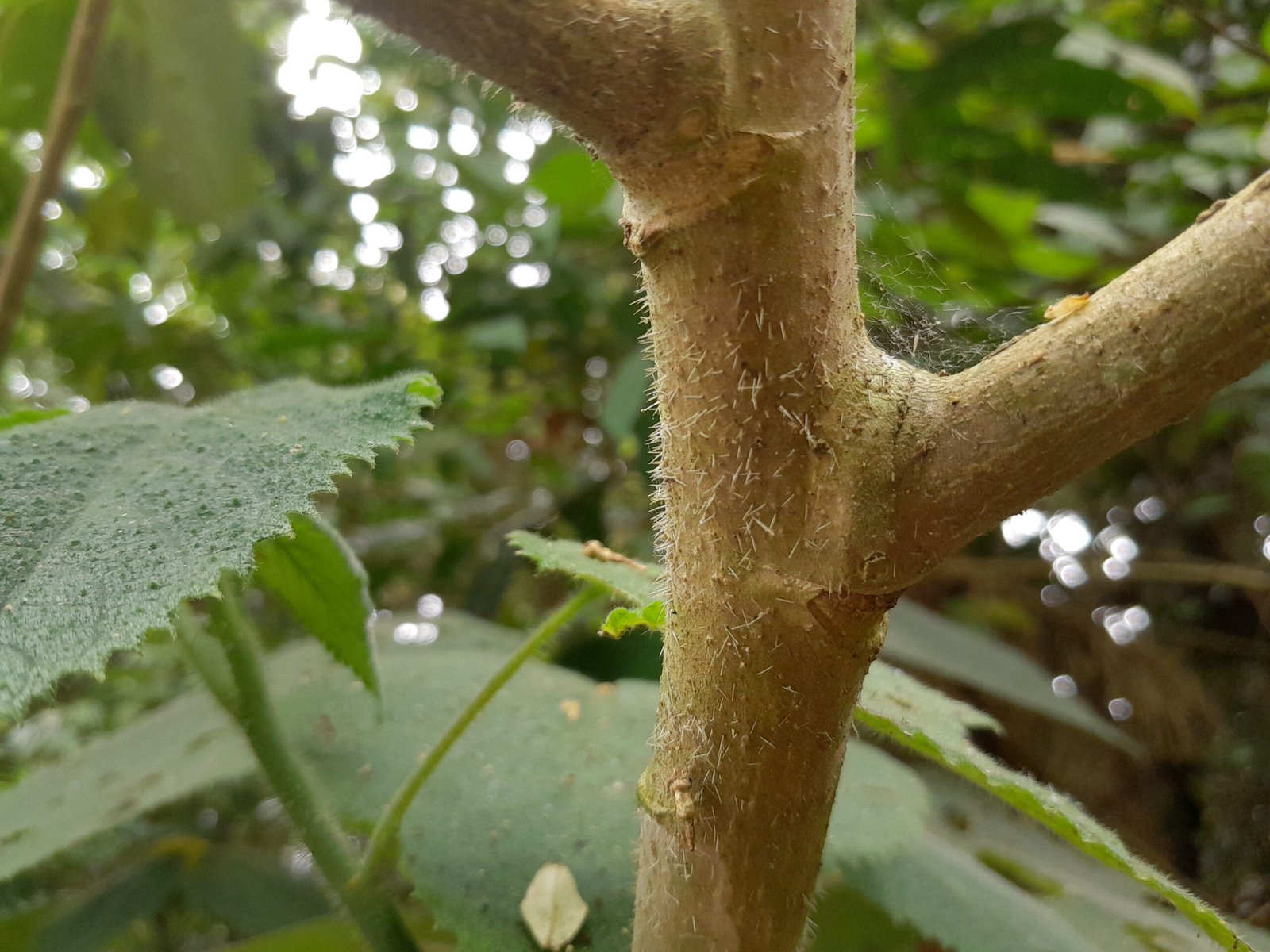
The Gympie-Gympie belongs to the nettle family, Urticaceae, which includes other stinging plants like the European stinging nettle. But none of its relatives come close to matching its power. Other Australian species in the Dendrocnide genus pack a punch, but the Gympie-Gympie reigns supreme. Its close cousins share similar defenses but lack the same ability to cause prolonged agony. This evolutionary divergence has made the Gympie-Gympie both famous and feared—an outlier among outliers.
Visiting Queensland’s Rainforests: What to Watch For
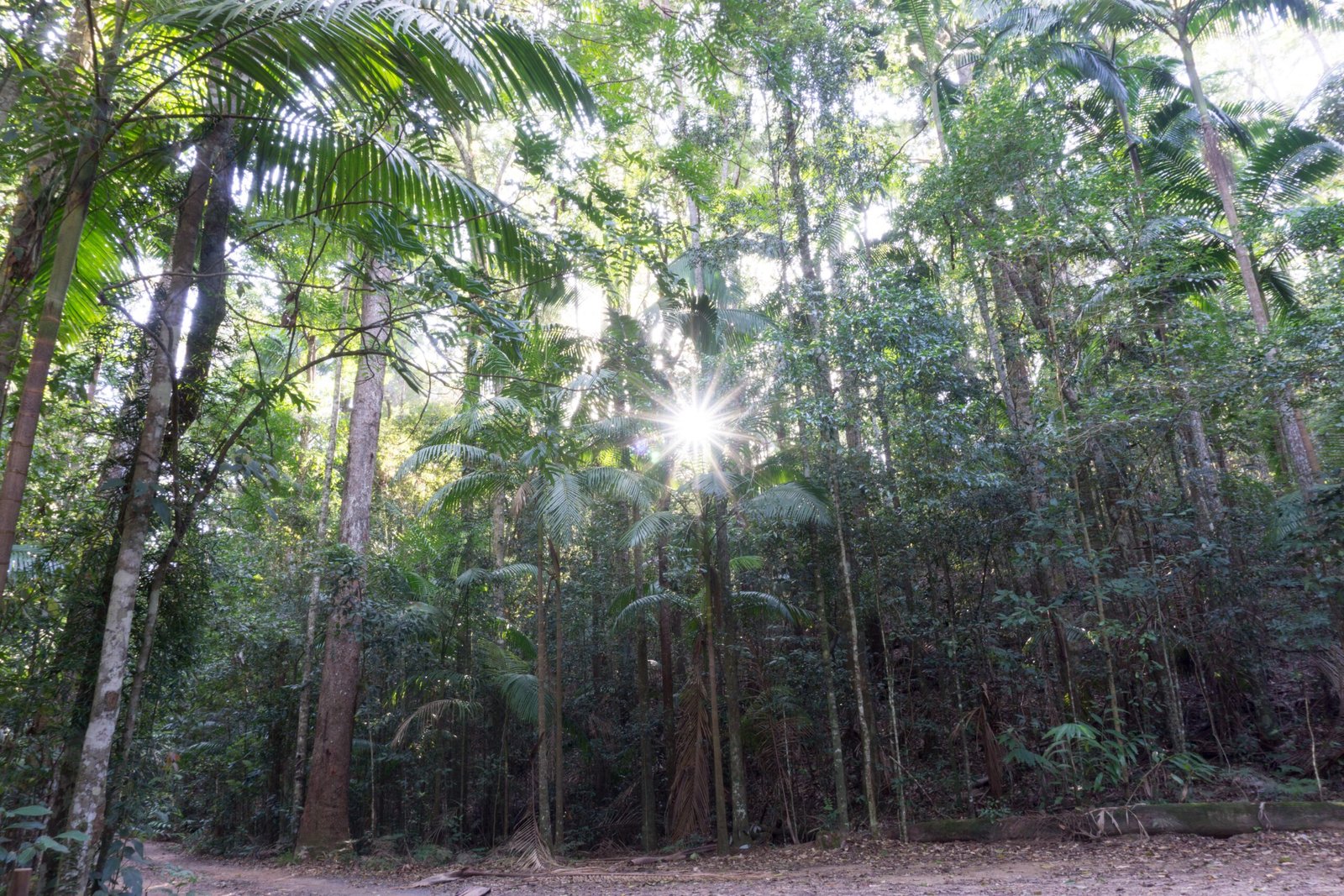
If you ever find yourself wandering Queensland’s rainforests, there are a few key things to remember. Look for heart-shaped leaves with toothed edges and a soft, furry appearance—that’s your first clue. Stay on marked paths, heed warning signs, and never touch unknown plants. If you’re with a guide, ask them to point out the Gympie-Gympie so you can recognize it in the wild. A little awareness goes a long way in avoiding a brush with botanical misery.
The Allure of Danger: Why We’re Drawn to the Gympie-Gympie
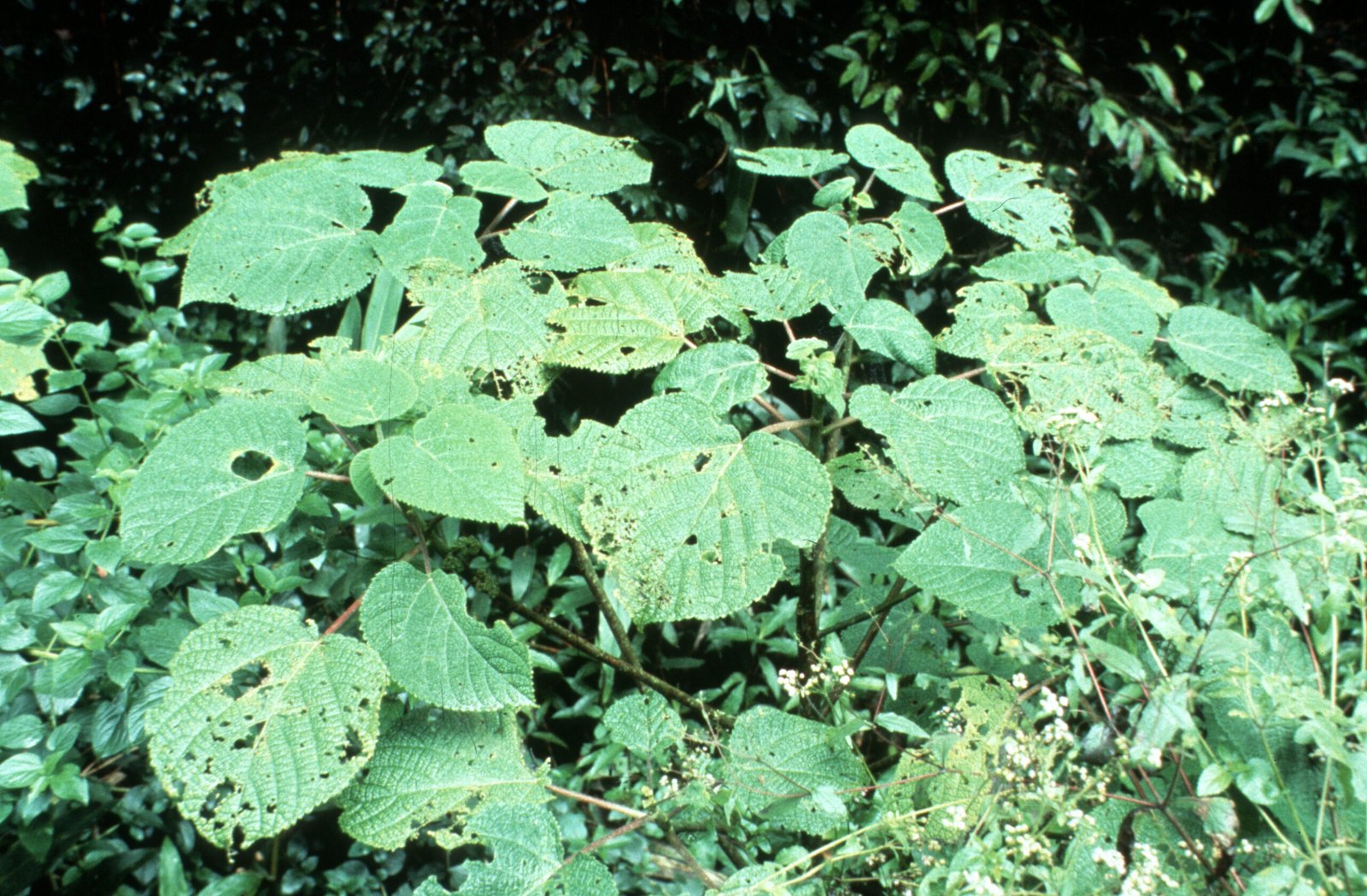
Despite its fearsome reputation, or perhaps because of it, the Gympie-Gympie fascinates people around the world. There’s something irresistible about a plant that looks so innocent but hides a brutal secret. It’s the botanical equivalent of a wolf in sheep’s clothing—a reminder that nature’s beauty often comes with hidden teeth. For scientists, adventurers, and the simply curious, the Gympie-Gympie is an invitation to learn more, to dig deeper, and to respect the wild.
Reflections on Nature’s Balance
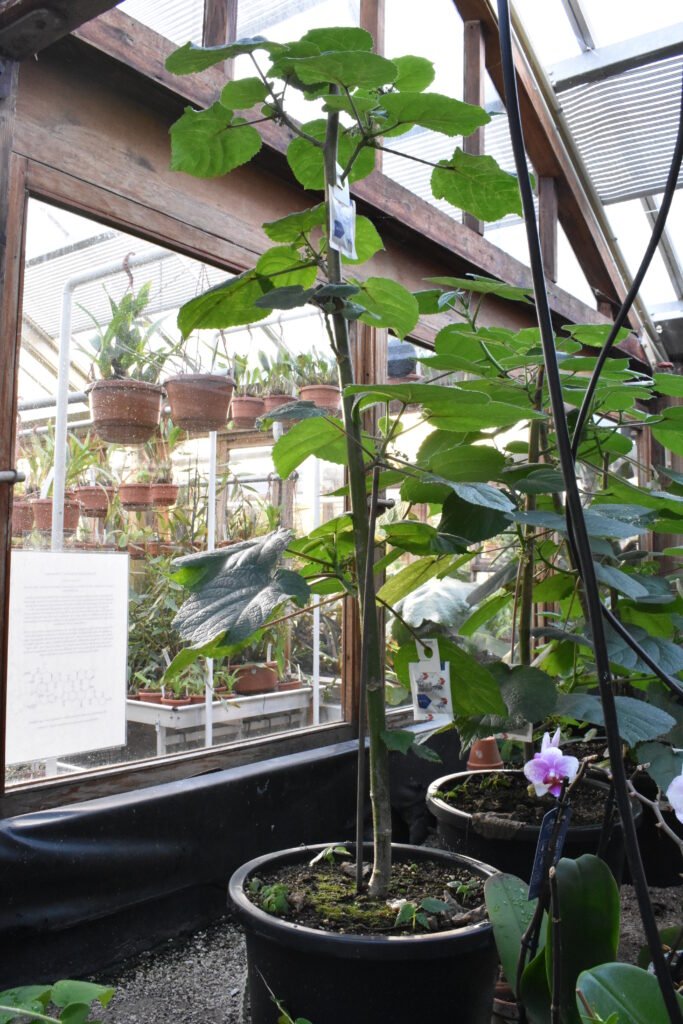
The Gympie-Gympie is a living paradox—gentle in appearance, merciless in defense. It embodies the delicate balance of the rainforest, where every creature must fight to survive. Its story is one of awe and caution, of pain and persistence. As we marvel at its ingenuity, we’re reminded that even the most unassuming parts of nature can hold astonishing secrets. Next time you walk through a quiet forest, will you look a little closer at the leaves around you?

